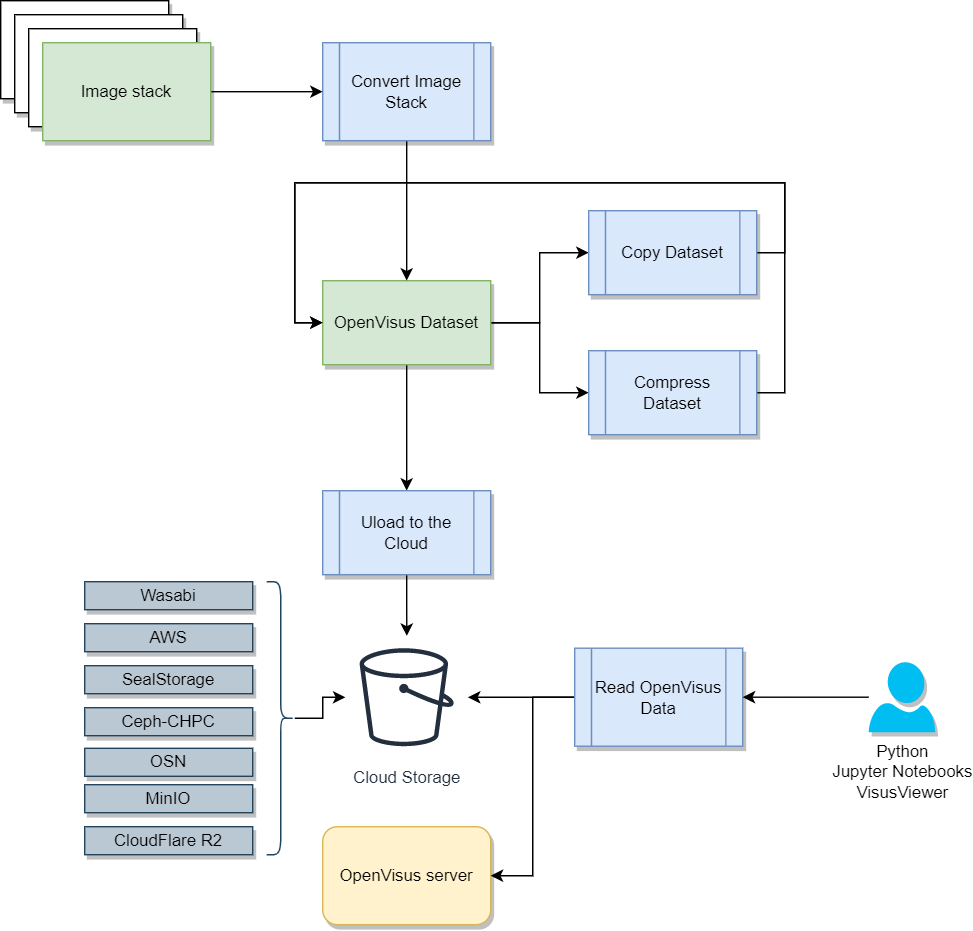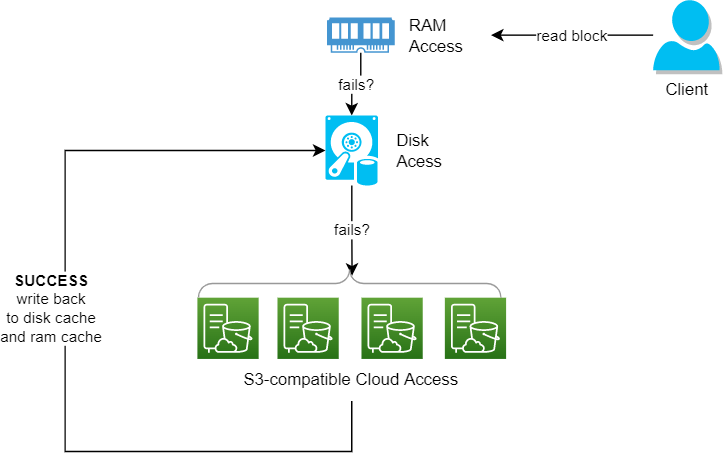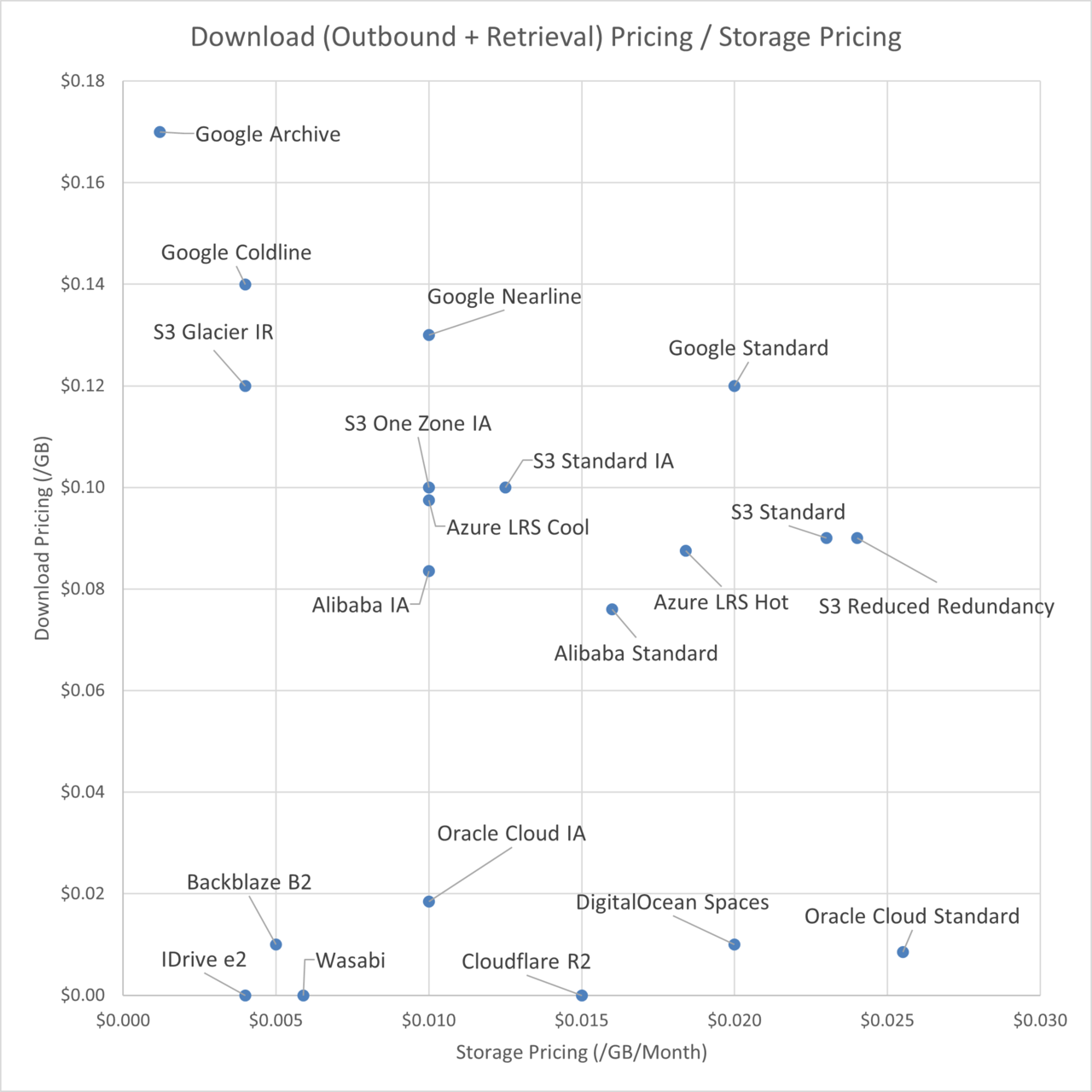Notes:
- to enable IDX caching do
?cached=idx&caching_compression=zip - slower in writing (since it will create write locks for concurrent threads) but faster for reading (less
fopen/fcloseops) - to enable one-block-per-file caching do
?cached=arco&caching_compression=zip - faster to write (no need of file locks) but slower for reading (more
fopen/fcloseops)
Instructions:
- for the
ARCOarguments- use
modvisusif you want to use the standard OpenVisus format, suitable to be run on the OpenVisus server - use a string size (e.g.
512kb,1mb,2mbetc.) to use the new ARCO format and run potentially on cloud storage (i.e. serverless)
- use
SRCargument is a Pythonglob.globexpression (https://docs.python.org/3/library/glob.html) to find imagesDSTargument is the IDX destination filename.- It's reccomended to dedicate one directory exclusive for the dataset (i.e. don't mix files with other datasets)
ARCO=4mb
SRC=/path/your/image/stack/**/*.png
DST=/path/to/your/openvisus/dataset/visus.idx
# writes data uncompressed
python3 -m OpenVisus convert-image-stack --arco "${ARCO}" "${SRC}" "${DST}"
# final pass to compress and reduce size
python3 -m OpenVisus compress-dataset --compression zip ${DST} Instructions:
BOXargument is in the formatx1,x2,y1,y2,z1,z2(extrema included)- bounds must be known in advance so change as needed
BOX="0 2047 0 2047 1024 1024"
python -m OpenVisus convert import /path/to/your/visus.idx --box "${BOX}" export example.pngfor ((z=0; z<=2047; z++)); do
python3 -m OpenVisus convert import /path/to/visus.idx --box "0 2047 0 2047 $z $z" export /path/to/image/stack/$(printf "%04d" $z).png
doneInstructions:
- it will not copy blocks by blocks, so it may be slow. But it allows to change the blocksize (which is important for ARCO):
ARCO=2mb
SRC=/mnt/c/data/visus-dataset/2kbit1/modvisus/visus.idx
DST=/mnt/c/data/visus-dataset/2kbit1/1mb/visus.idx
# writes the dataset uncompressed
python3 -m OpenVisus copy-dataset --arco ${ARCO} ${SRC} ${DST}Mandatory compression step. This step is required because the reader currently assumes blocks are compressed.
# final pass to compress and reduce size.
# add [--timestep <int>] to select a certain timestep
# add [--field <string>] to select a certain field
python3 -m OpenVisus compress-dataset --compression zip ${DST} Instructions
- see https://github.com/aws/aws-cli for full details
--endpoint-urlargument could be extracted from the~/.aws/credentialsfile only if you install this https://github.com/wbingli/awscli-plugin-endpoint, otherwise you need to add--endpoint-urlargument- both
SRCandDSTarguments must refer to a directory (no '/' at the end)
SRC=/path/to/your/idx/dataset/directory
DST=s3://your-bucket-name/whatever/destination/directory
aws s3 [--debug] --profile <profile> sync ${SRC} ${DST}Instructions
- see https://github.com/peak/s5cmd for full details
- be careful to the right syntax (i.e. the
/at the end of arguments) - endpoint could be specified using env variables or by
--endpoint-url(i.e.s5cmddoes not seem to support any plugin)
SRC=""/path/to/your/idx/dataset/directory/*"
DST="s3://your-bucket-name/whatever/destination/directory/"
AWS_PROFILE=<profile> S3_ENDPOINT_URL=<your-endpoint> s5cmd cp --if-size-differ ${SRC} {DST}Concert image stack to OpenVisus:
python3 -m OpenVisus convert-image-stack --arco "4mb" "/path/your/image/stack/**/*.png" "my-new-dataset/visus.idx"Compress OpenVisus dataset:
python3 -m OpenVisus compress-dataset --compression zip "my-new-dataset/visus.idx"
Update to the cloud:
ENDPOINT_URL=https://s3.us-west-1.wasabisys.com
ACCESS_KEY=XXXXX
SECRET_KEY=YYYYY
BUCKET=your-bucket-name
AWS_PROFILE=wasabi s5cmd --endpoint-url ${ENDPOINT_URL} cp --if-size-differ "my-new-dataset/*" "s3://${BUCKET}/my-new-dataset/"
Add the OpenVisus dataset to your visus.config
cat <<EOF > datasets.config
<dataset name="my-new-dataset" url='${ENDPOINT_URL}/${BUCKET}/my-new-dataset/visus.idx?access_key=${ACCESS_KEY}&secret_key=${SECRET_KEY}' />
EOF
You can use different OpenVisus Access classes to enable caching/sharding of block access. As an example the following code snipped shows an access with:
- RamAcccess up to a certain size
- DiskAccess to cache blocks on client side
- Sharded cloud requests to several cloud storages (in the example the first 16 blocks are stored on wasabi, the following 16 blocks are stored on AWS etc)
<dataset name='complex' url='https://s3.us-west-1.wasabisys.com/nsdf/visus-datasets/2kbit1/1mb/visus.idx?access_key=XXX&secret_key=YYY' >
<access type='multiplex'>
<access name="ram" type='RamAccess' chmod='rw' available='2GB' />
<access name="cache" type='DiskAccess' chmod='rw' compression="zip" layout="row_major" filename_template="$(VisusCache)/2kbit1/1mb/visus/$(time)/$(field)/$(block:%016x:%04x).bin" />
<access name="wasabi" type="cloud" chmod='r' shard="0/7 16" url='https://s3.us-west-1.wasabisys.com/nsdf/visus-datasets/2kbit1/1mb/visus.idx?access_key=XXX&secret_key=YYY' />
<access name='sealstorage' type="cloud" chmod='r' shard="2/7 16" url='https://maritime.sealstorage.io/api/v0/s3/utah/nsdf/visus-datasets/2kbit1/1mb/visus.idx?access_key=XXX&secret_key=YYY&endpoint_url=https://maritime.sealstorage.io/api/v0/s3' />
<access name='chpc' type="cloud" chmod='r' shard="3/7 16" url='https://pando-rgw01.chpc.utah.edu/nsdf/visus-datasets/2kbit1/1mb/visus.idx?access_key=XXX&secret_key=YYY' />
<access name='mghp' type="cloud" chmod='r' shard="4/7 16" url='https://mghp.osn.xsede.org/vpascuccibucket1/nsdf/visus-datasets/2kbit1/1mb/visus.idx?access_key=XXX&secret_key=YYY' />
<access name='ucsd' type="cloud" chmod='r' shard="5/7 16" url='https://nsdf.s3.sdsc.edu/nsdf/visus-datasets/2kbit1/1mb/visus.idx?access_key=XXXX&secret_key=YYY' />
<access name='cloudflare' type="cloud" chmod='r' shard="6/7 16" url='https://account_id.r2.cloudflarestorage.com/nsdf/visus-datasets/2kbit1/1mb/visus.idx?access_key=XXX&secret_key=YYY' />
</access>
</dataset>
OpenVisus has been successfully tested with:
| Cloud Name | Url reference | Endpoint (example) |
|---|---|---|
| Amazon Web Services S3 | https://aws.amazon.com/pm/serv-s3 | https://s3.us-west-1.wasabisys.com |
| Wasabi | https://wasabi.com/ | https://s3.us-west-1.wasabisys.com |
| Seal Storage | https://www.sealstorage.io/ | https://maritime.sealstorage.io/api/v0/s3 |
| Ceph storage system | https://docs.ceph.com/en/latest/radosgw/s3/ | https://pando-rgw01.chpc.utah.edu |
| Open Storage Network | https://www.openstoragenetwork.org/ | https://mghp.osn.xsede.org/bucket-name |
| MinIo Storage | https://min.io/ | https://nsdf.s3.sdsc.edu |
| CloudFlare R2 | https://www.cloudflare.com/pg-lp/r2 | https://account_id.r2.cloudflarestorage.com` |
Be careful to fees, and in particular EGRESS fees. The following diagram (ref https://www.qualeed.com/en/qbackup/cloud-storage-comparison/) compares different cloud solutions.


